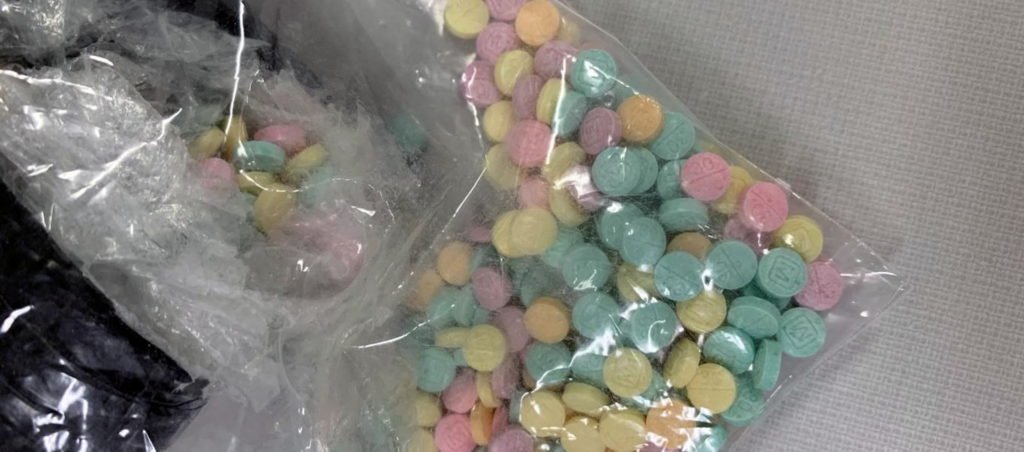MDMA, also known as 3,4-methylenedioxymethamphetamine, is a synthetic psychoactive drug that alters mood and perception. Commonly referred to as “Ecstasy” or “Molly” in pill or powder form, MDMA is widely used in social and recreational settings for its euphoric and empathogenic effects.
The demand for pure MDMA pills has increased as users seek safer and more reliable experiences. However, the market is flooded with adulterated substances, making it crucial to understand how to identify and obtain genuine MDMA.
What Makes MDMA Pills Pure?
Chemical Composition and Purity Standards
Buy %100 pure MDMA pills now contain only the active ingredient MDMA without harmful additives such as amphetamines, caffeine, or synthetic cathinones (bath salts). High-purity MDMA ensures predictable effects and reduces health risks.
Testing Methods for Authenticity
To verify purity, users rely on:
- Reagent Testing: Chemical tests like Marquis, Mecke, and Simon’s reagent help detect MDMA presence.
- Lab Testing: Services like Energy Control or DrugsData provide detailed analysis.
- Visual and Physical Indicators: While unreliable, some users check for press quality, but lab testing remains essential.
Effects of Pure MDMA Pills
Positive Psychological and Physical Effects
Pure MDMA enhances:
- Euphoria and emotional openness
- Increased sociability and empathy
- Heightened sensory perception
- Mild stimulant effects (increased energy)
Potential Risks and Side Effects
Even pure MDMA can cause:
- Dehydration or overheating
- Serotonin depletion (post-use comedown)
- Increased heart rate and blood pressure
- Rare but severe cases of hyponatremia (water intoxication)
How to Safely Source Pure MDMA Pills
Legal and Ethical Considerations
MDMA is illegal in most countries, but harm reduction advocates emphasize safe use. Some key points:
- Avoid street dealers with untested products.
- Use darknet markets with verified vendor reviews (though legality remains an issue).
- Prioritize harm reduction by testing all substances.
Recognizing Trusted Suppliers
While sourcing MDMA carries legal risks, trusted suppliers often have:
- Positive user feedback and third-party lab results
- Transparent communication about product composition
- No history of selling adulterated substances
Harm Reduction Strategies for MDMA Use
Dosage and Frequency Guidelines
- Standard dose: 80-120 mg for most users
- Avoid redosing more than once in a session
- Follow the 3-month rule to prevent serotonin system damage
Hydration and Temperature Control
- Sip water regularly (500ml per hour max)
- Take breaks in cool environments to avoid overheating
Combining MDMA with Other Substances
- Avoid alcohol (increases dehydration)
- Be cautious with antidepressants (risk of serotonin syndrome)
- Some users supplement with antioxidants (Vitamin C, ALA) for neuroprotection
The Future of MDMA: Medical and Legal Developments
MDMA-Assisted Psychotherapy
Recent studies show MDMA’s potential in treating PTSD, depression, and anxiety. The FDA has granted “breakthrough therapy” status to MDMA-assisted therapy, with possible legal medical use by 2024.
Decriminalization and Legalization Efforts
Some regions, like Oregon, have decriminalized small amounts of drugs, shifting focus to harm reduction over criminalization. Advocacy groups push for regulated MDMA markets to ensure purity and safety.
Conclusion: Responsible Use and Informed Decisions
Pure MDMA pills can offer profound experiences when used responsibly. However, risks remain due to legal uncertainties and potential adulteration. By prioritizing testing, safe dosing, and harm reduction, users can minimize dangers while maximizing benefits.
As research progresses, MDMA may transition from an illicit substance to a regulated therapeutic agent. Until then, informed and cautious use remains the best approach for those choosing to engage with this powerful compound.

